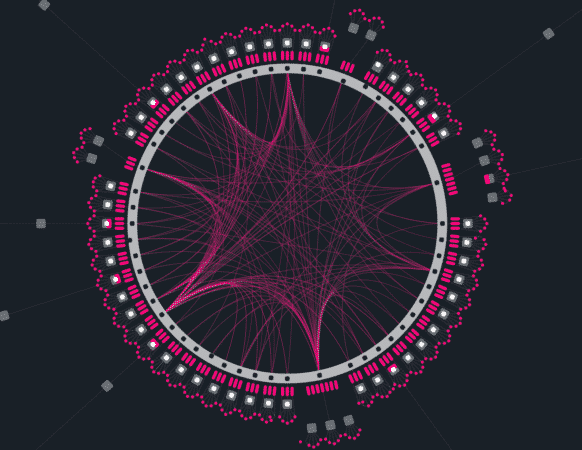TLDR
- Polkadot’s pUSD will be a native stablecoin backed by DOT tokens for DeFi.
- The pUSD proposal has 75.4% community support, nearing approval.
- Polkadot aims to reduce reliance on USDT and USDC with the launch of pUSD.
- pUSD could replace DOT inflation for staking rewards over time.
Polkadot is moving forward with a major proposal to introduce pUSD, a stablecoin backed entirely by DOT tokens. The new asset would be deployed on the Polkadot Asset Hub and aims to boost DeFi activity, improve liquidity, and reduce reliance on external stablecoins such as USDT and USDC. The proposal has gained strong community backing, with voting support nearing the approval threshold.
pUSD Proposed as a Native DOT-Backed Stablecoin
The Polkadot community is advancing a governance proposal to launch pUSD, a stablecoin backed only by DOT. If approved, the asset will use the Honzon protocol stack, previously implemented in the Acala network. Unlike Acala’s aUSD, which failed due to mismanagement and technical issues, pUSD will focus only on DOT as collateral.
The new token will operate as an over-collateralized debt position (CDP). This means users can lock DOT in exchange for pUSD, without selling their tokens. The goal is to offer a decentralized alternative to centralized stablecoins while supporting DeFi growth on the Polkadot network.
According to the proposal, “This would be expected to be the native stablecoin for Polkadot Asset Hub, reduce/replace dependence on USDT/USDC including OpenGov DOT-USDC/USDT stablecoin conversion process.”
Treasury Integration and Reduced DOT Inflation
If adopted, pUSD could be used by the Polkadot Treasury for payments. Currently, the Treasury manages DOT and sometimes uses external stablecoins. Switching to pUSD would remove the need for external reserves and streamline budget operations across the ecosystem.
In addition to Treasury use, there is a plan to eventually use pUSD for staking rewards. This would reduce the need for continuous DOT inflation, which currently funds rewards for validators and nominators. Using a stable asset for this purpose could create more sustainable economics for the network.
This approach mirrors trends seen in other ecosystems, where native stablecoins are integrated into core governance and reward structures.
Community Support and Strategic Importance
The pUSD proposal is currently undergoing a community vote under Polkadot’s OpenGov system. As of the latest update, the proposal had received 75.4% approval. It needs 85.6% to pass. The high level of support signals strong alignment across community members and stakeholders.
Polkadot co-founder Gavin Wood has also expressed support for pUSD. He called the stablecoin “strategically essential” to the future of the network. “Polkadot Hub should have a native DOT backed stable coin because people need it and otherwise we will haemorrhage benefits, liquidity and/or security,” said Wood.
He emphasized the importance of deploying a native stablecoin to reduce dependence on USDT and USDC and increase financial tools on-chain.
Stablecoin Liquidity Remains Low on Polkadot
Data from DeFi Llama shows that Polkadot has less than $100 million in stablecoin liquidity across its ecosystem. This is low compared to chains like Ethereum and Solana, which host billions in stablecoin assets.
This lack of liquidity has limited the network’s decentralized finance growth and slowed developer activity. A DOT-backed stablecoin could increase stability for traders, liquidity providers, and application developers working within the Polkadot ecosystem.
The introduction of pUSD is part of a broader industry shift toward native stablecoins. Many chains are moving to launch stable assets tied to their native tokens, aiming to reduce third-party risk and increase internal economic activity.
If passed, pUSD would become the core stable asset on the Polkadot Asset Hub. It is expected to serve users who want to borrow against DOT, transact in a native stable currency, and participate in new DeFi protocols without converting to external stablecoins.





